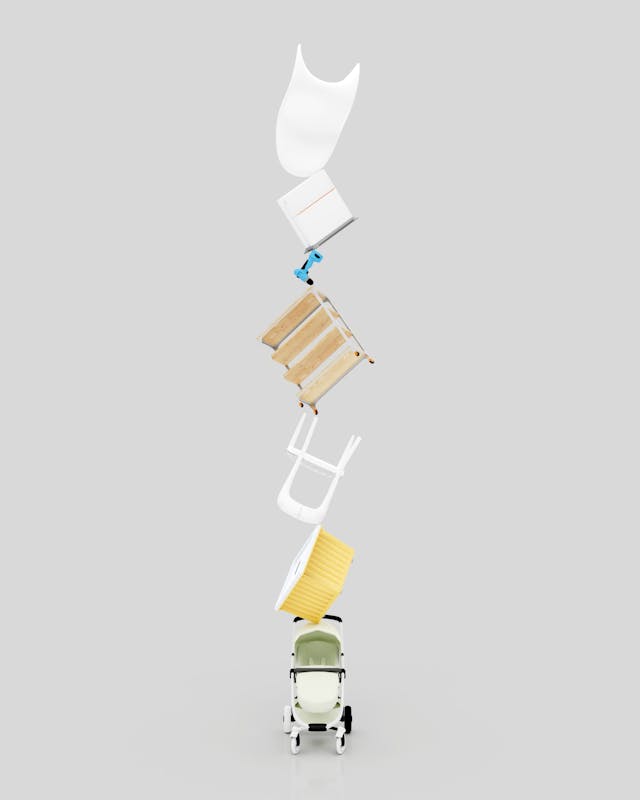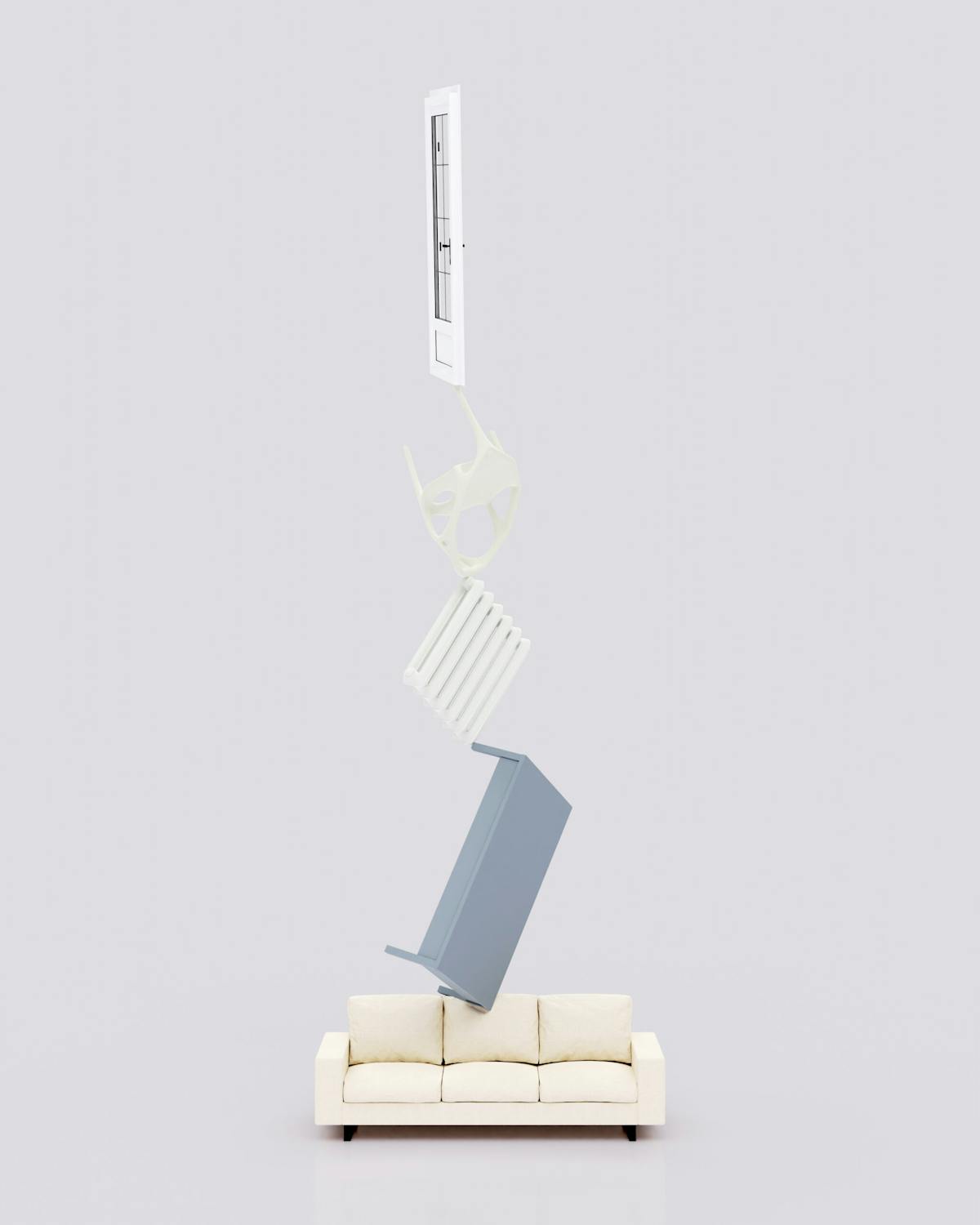
Jonas Lund
Jonas Lund
Jonas Lund is a Swedish conceptual artist whose digital provocations critically reflect on contemporary networked systems and power structures.
Jonas Lund is a Swedish conceptual artist who creates paintings, sculpture, photography, websites and performances that critically reflect on contemporary networked systems and power structures.
Often, his practice involves creating his own systems and setting up parameters that require engagement from the viewer. This results in game-like artworks where tasks are executed according to a set of rules, or algorithms. The issues generated by the increasing digitalization of contemporary society play a central role in his work. Authorship, participation, and authority are all lenses by which he challenges institutional processes and mechanisms of society; such as the reproduction process, authoritative power, and market practices of the contemporary art world.
At times playful and always critical, Lund has been cemented as a pioneering creator in recent internet art and blockchain conceptual movements. His style is diverse, representing contemporary imaging technologies of all kinds–with particular attention to interface design, consumer electronics, contemporary art trends, web culture, and advertising aesthetics.
Often, his practice involves creating his own systems and setting up parameters that require engagement from the viewer. This results in game-like artworks where tasks are executed according to a set of rules, or algorithms. The issues generated by the increasing digitalization of contemporary society play a central role in his work. Authorship, participation, and authority are all lenses by which he challenges institutional processes and mechanisms of society; such as the reproduction process, authoritative power, and market practices of the contemporary art world.
At times playful and always critical, Lund has been cemented as a pioneering creator in recent internet art and blockchain conceptual movements. His style is diverse, representing contemporary imaging technologies of all kinds–with particular attention to interface design, consumer electronics, contemporary art trends, web culture, and advertising aesthetics.
Lund’s work has been exhibited around the world, including Centre Pompidou, Paris; Francisco Carolinum, Linz; Whitechapel Gallery, London; Konig Galerie, Berlin; New Museum, New York; and Aksioma, Ljubljana, among many others.

0 Show collection
Show collection
Most Accidents Happen at Home
Jonas Lund
Most Accidents Happen at Home is a collection of 3D artworks that explores the dissonance between real and imagined physics across both tangible and virtual environments. Each artwork is composed of a series of teetering towers of common house-hold objects arranged in seemingly impossible or maybe just highly improbable balancing configurations. Wading through the tension between perceived improbability, Most Accidents Happen at Home is concerned with finding the boundaries and limits of what we consider ‘real’ vs. ‘artificial’ in the world.
